Publications:
Presentations:
0 Comments
This trip was part of a larger project led by the Hoban Lab and funded by the U.S. Botanic Garden focused on quantifying and accounting for hybridization of oak species in botanical gardens. This project will be able to provide recommendations for developing oak metacollection sites to GCCO partners. It was amazing to chat with Guy Sternberg, an oak expert, and explore a new arboretum. News:
|
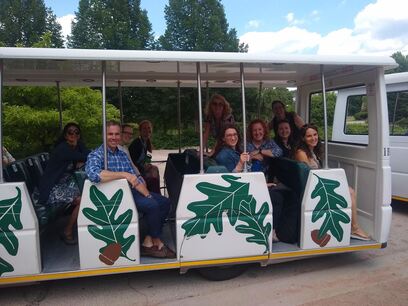
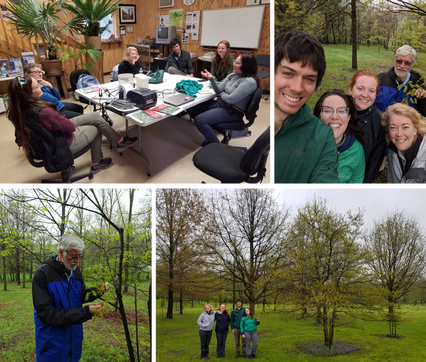
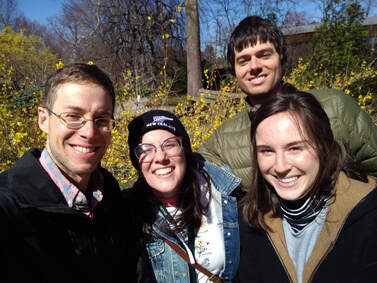
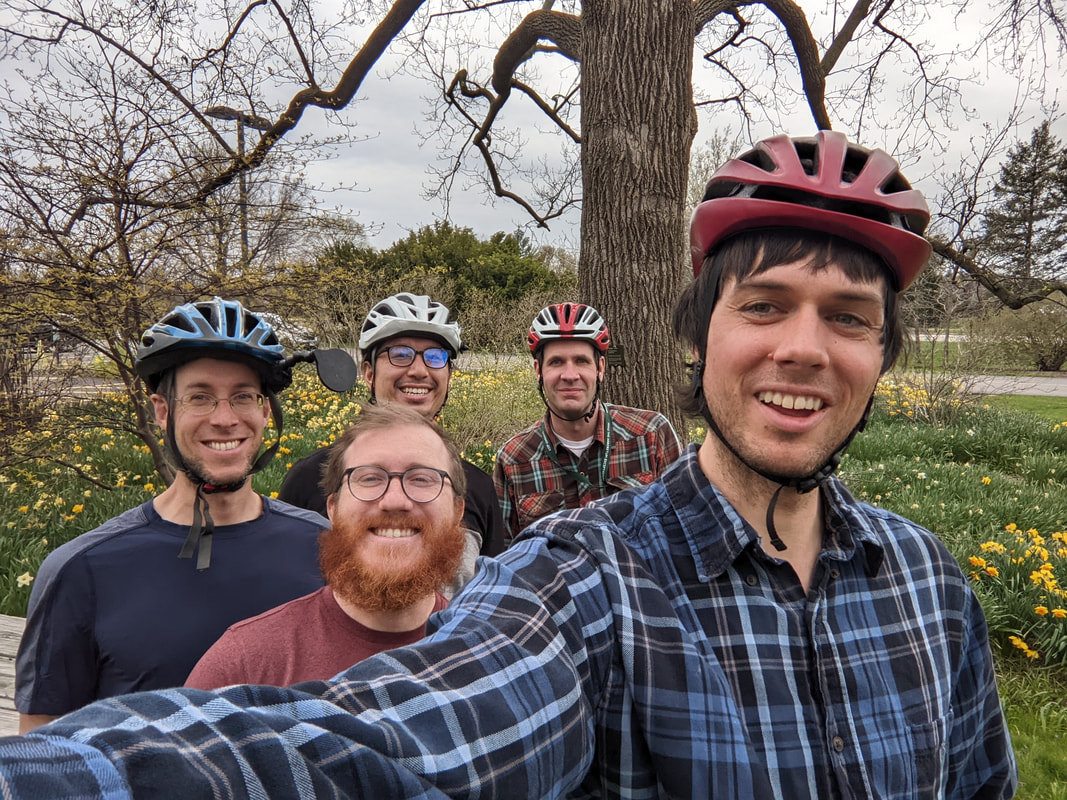
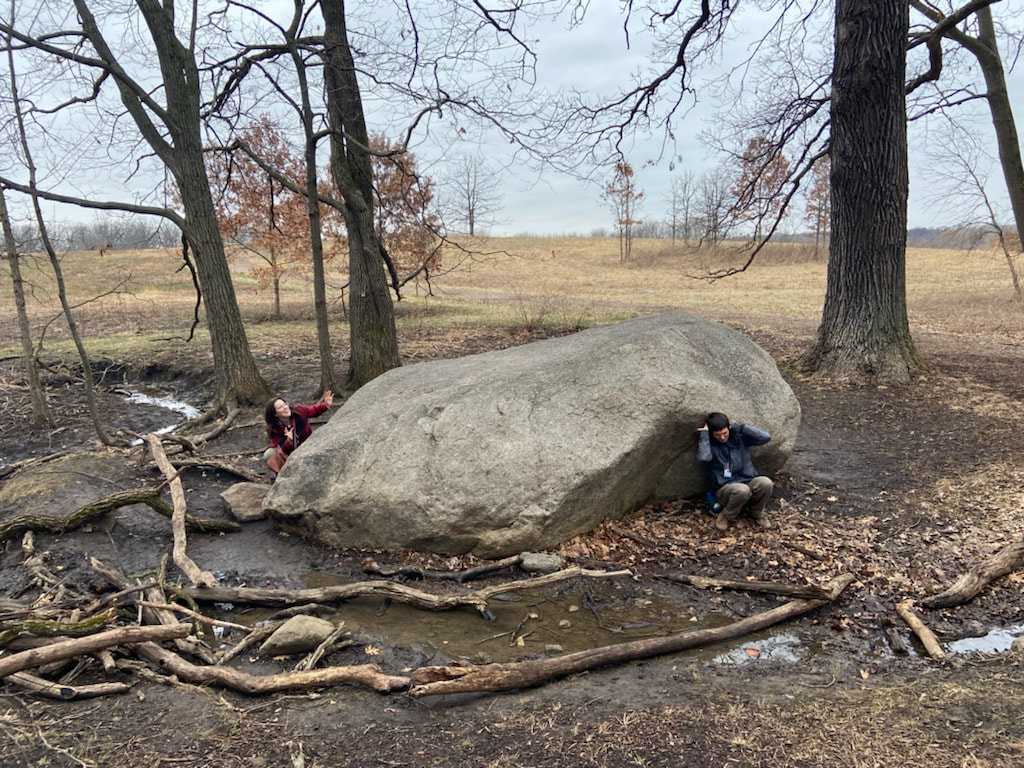
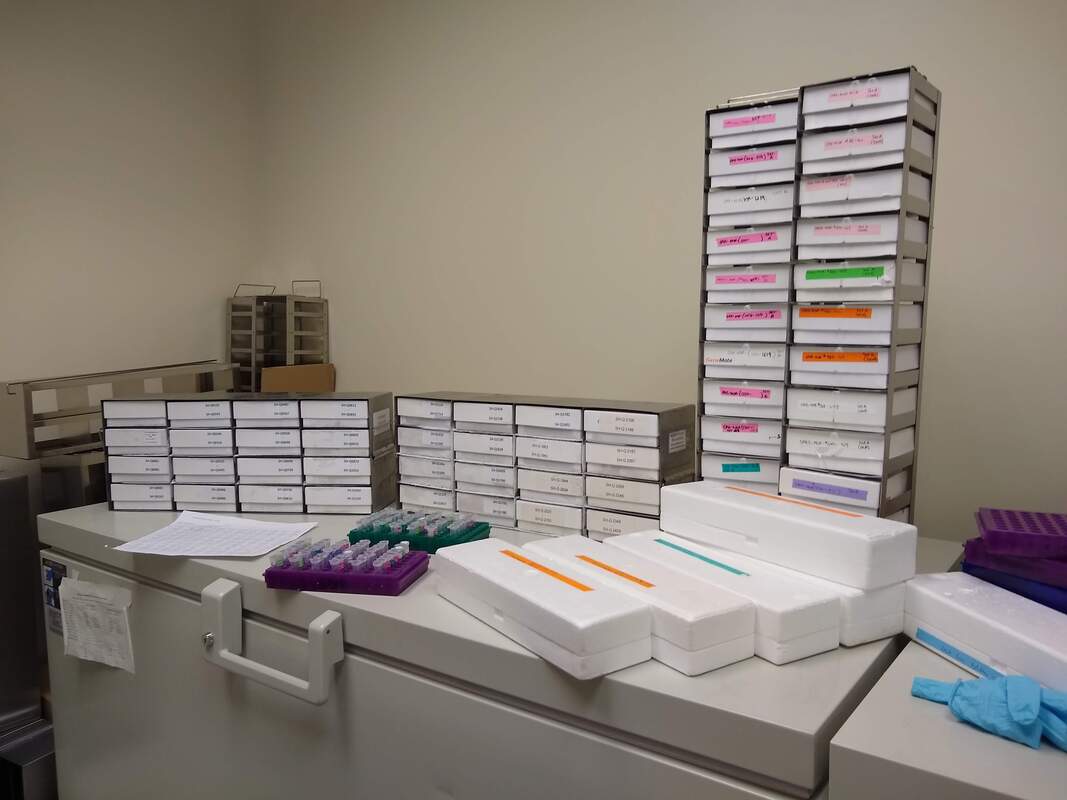
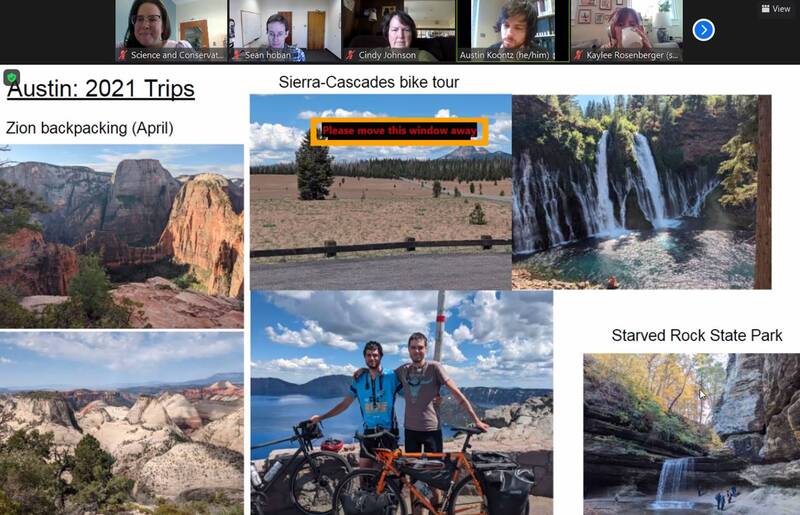
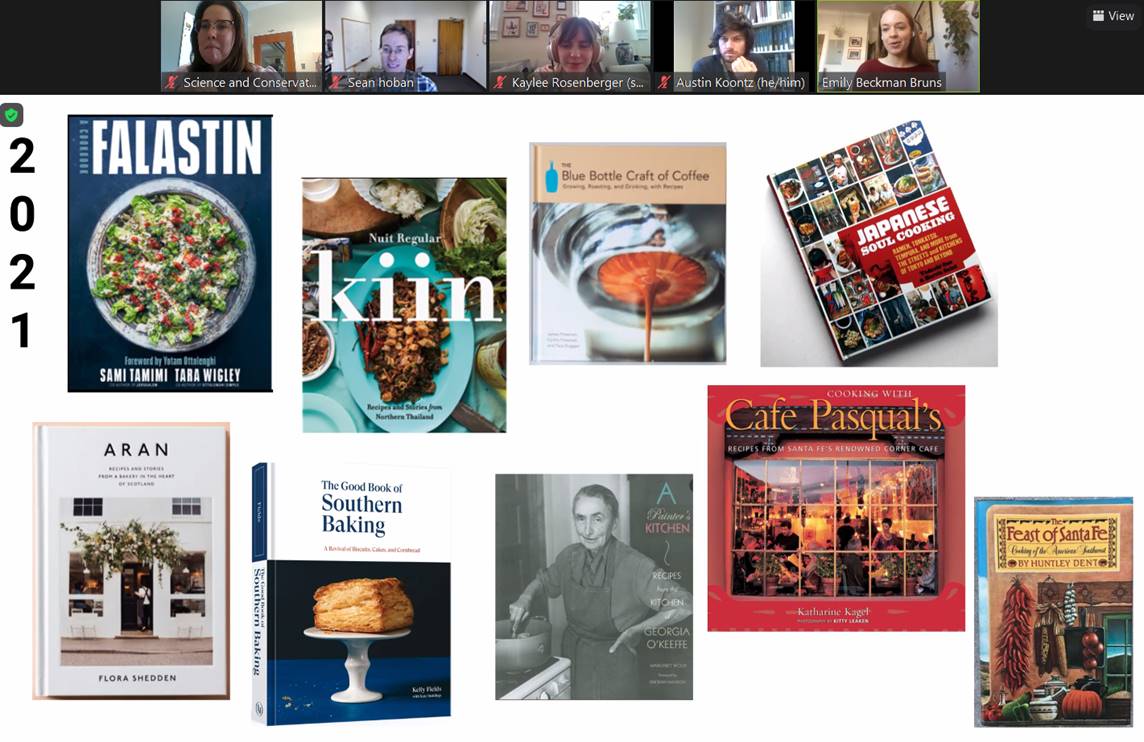
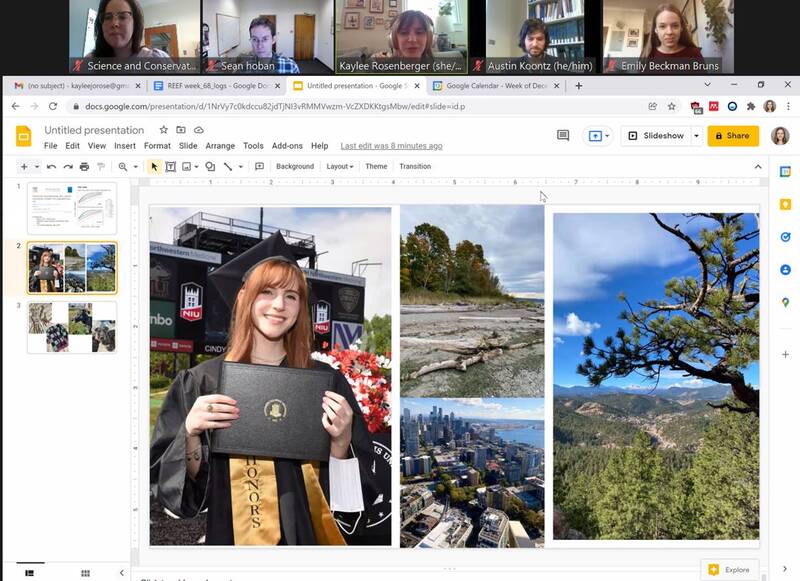
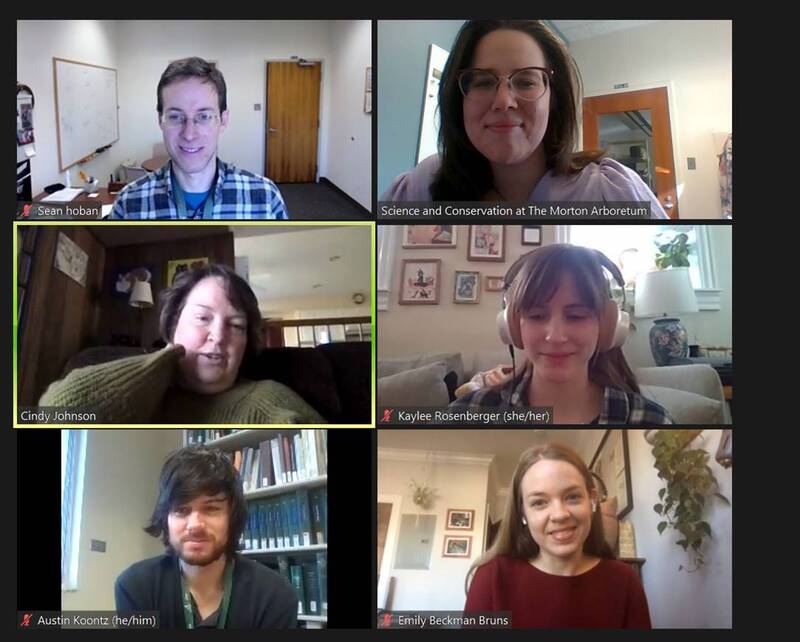
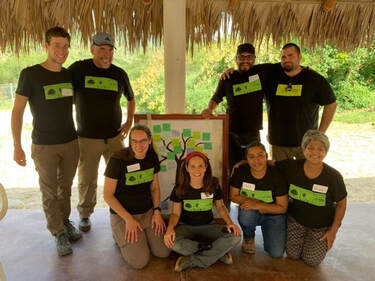

 RSS Feed
RSS Feed